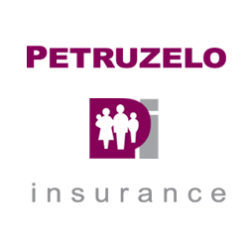
If you’ve ever wondered why your insurance premium is higher (or lower) than your neighbor’s, you’re not alone. In Connecticut, insurers use a variety of factors to determine rates for homeowners, drivers, and business owners. Here’s a transparent breakdown of what goes into calculating your premium.
Homeowners Insurance Premiums
For Connecticut homeowners, several factors play a role:
- Location: Living near the shoreline in towns like Old Saybrook or Branford may mean higher rates due to flooding and storm risks.
- Home Value & Age: Newer homes often receive lower premiums, while older properties may cost more to insure due to potential maintenance issues.
- Claims History: If you’ve filed multiple claims in the past, your premium could increase.
Auto Insurance Premiums
When it comes to car insurance in CT, these are the most common influences:
- Driving Record: Accidents, speeding tickets, or DUIs significantly impact your rates. A clean record typically leads to discounts.
- Vehicle Type: Driving a high-performance car on I-95 in New Haven may cost more to insure than a family sedan in Cheshire.
- Mileage: The more you drive—especially on busy Connecticut highways—the greater your risk exposure, which affects your premium.
Business Insurance Premiums
Business owners in Connecticut also face unique factors:
- Industry & Risk Level: A construction company in Hartford will have different premium calculations than a boutique shop in Guilford.
- Payroll & Revenue: Higher employee counts or larger revenues can lead to higher liability coverage requirements.
- Property Location: Businesses near the coast or in high-traffic urban areas may pay more for coverage due to increased risks.
Why Rates Vary—and How to Save
No two insurance policies in Connecticut are the same, and premiums reflect your personal or business risk profile. The good news? Independent agencies like Petruzelo Insurance can shop multiple carriers to find competitive rates tailored to your needs.
